Embracing the difficulties of working with challenging people and problems
Adam Kahane challenges conventional thinking in his book, Collaborating with the Enemy. He suggests a form of collaboration that “abandons the assumption of control. It gives up unrealistic fantasies of harmony, certainty and compliance, and embraces messy realities of discord, trial and error, and co-creation.”
In complex environments, three assumptions about effective teamwork don’t apply.
First, it isn’t plausible – or moral – to assume that everyone should always work for the good of the team, and that collaborators need to be in harmony. In the real world, we have to work with people who may never agree with us, even on what appear to be fundamental values. Instead, to collaborate we have to accept, perhaps welcome, conflict and not seek to eliminate it. People are not slaves to the team, they have lives and priorities of their own. The needs of a part time shop worker are not like those of the CEO and it makes no sense to pretend they are.
Second, we may need to let go of the idea that the team must reach consensus on the problem and the solution before proceeding to execution. Instead, it’s more pragmatic to conduct experiments to see what is actually possible and what the consequences are.
Third, we need to let go of the idea of getting everyone aligned, and somehow changing their mindset to match ours. We are not in control. Instead, we need to see ourselves more like fellow players in a game, improvising in response to others.
Facilitators can feel pressured – or pressure themselves – to deliver neat and coherent outcomes for clients. But they are often brought in precisely because those outcomes aren’t proving easy. It’s important to not to over-promise what can be achieved and to help clients become more pragmatic.
Part of the challenge is to become aware of our part in the problems we encounter, overcoming a tendency to see ourselves as separate. When delayed on our car journeys, we tell our friends that we are “stuck in traffic” whereas it would be truer to admit that “we are traffic.” Kahane shares many warts-and-all stories of work where he has failed and had to get over his own blind spots and tendencies to blame others.
He also talks about the forces he labels Power and Love. Many facilitators emphasise the latter, focussing on dialogue and the building of peaceful connection. He argues that we can’t ignore the role of power – assertiveness – in the work and shares the painful experiences that taught him the downside of idealising how groups of people might work together.
This gritty and realistic perspective makes the work more useful, as well as more challenging. In our facilitation and training we’re putting more emphasis now on embracing difficulty rather than fixing, and on developing flexibility and agility rather than relying on recipes and processes.
Thanks to our friend Geoff Brown for pointing us to this book.
Photo by Chris Sabor on Unsplash
